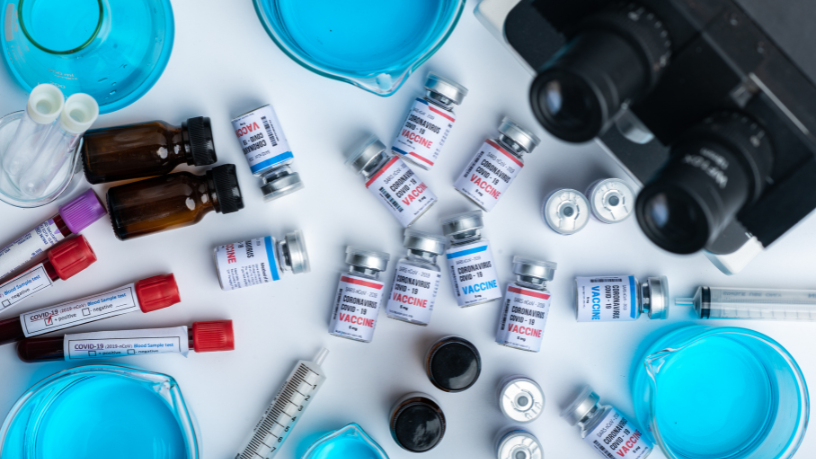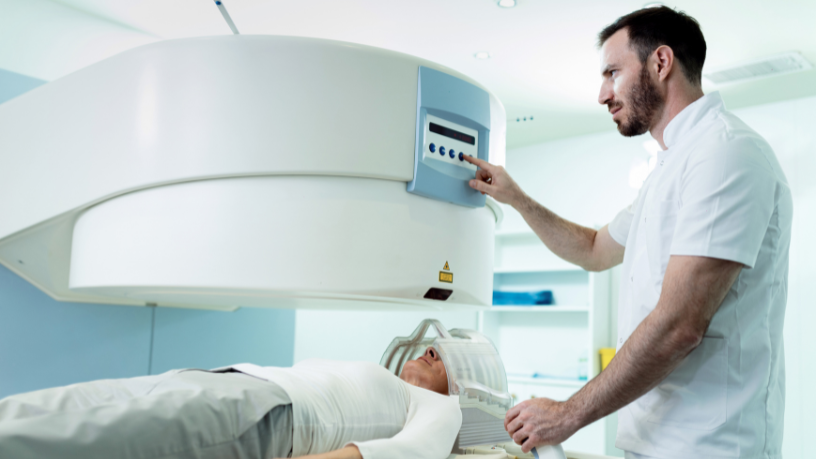According to Dr. Gustavo Khattar de Godoy, photomedicine is an emerging field in modern medicine that uses different wavelengths of light to treat a variety of medical conditions. From psoriasis to sleep disorders and dermatological diseases, this innovative approach has shown promising results, offering non-invasive and effective alternatives for treating a wide range of health issues.
In this article, we will explore how photomedicine works, its main therapeutic applications, and the benefits it can provide to patients, while also assessing its safety and effectiveness.
How does photomedicine work in the human body?
Photomedicine is based on the principle that different wavelengths of light can interact with biological tissues in specific ways, promoting therapeutic responses. For example, ultraviolet (UV) light is widely used in the treatment of diseases like psoriasis because of its ability to reduce inflammation and slow down the abnormal cell proliferation characteristic of this condition.

Dr. Gustavo Khattar de Godoy explains that photomedicine also relies on advanced technologies, such as lasers and LEDs, which allow for precise and controlled light application. These devices are designed to target specific areas of the body, minimizing side effects and maximizing therapeutic outcomes. The interaction between light and human cells involves complex biochemical processes, such as the activation of light-sensitive molecules and the modulation of metabolic pathways.
What are the main applications of photomedicine in healthcare?
One of the most well-known applications of photomedicine is the treatment of psoriasis, an autoimmune disease that affects millions of people worldwide. Ultraviolet phototherapy, especially narrowband UVB, has been widely adopted for its effectiveness in reducing symptoms such as scaly plaques and inflammation. Additionally, phototherapy is also used in treating eczema, vitiligo, and other dermatological conditions that respond positively to controlled light exposure.
Another important application of photomedicine is in the field of sleep disorders, notes radiologist Dr. Gustavo Khattar de Godoy. Bright light therapy, for instance, is often recommended for people with seasonal affective disorder (SAD) or insomnia related to circadian rhythm disruptions. Exposure to light at specific times can help reset the biological clock, improving sleep quality and overall well-being.
Is photomedicine safe and effective for all patients?
While photomedicine has shown high effectiveness in many cases, its safety depends on the type of treatment and the individual patient’s condition. Ultraviolet phototherapy, for example, must be applied with caution, as excessive UV exposure can increase the risk of skin damage, including premature aging and skin cancer.
On the other hand, techniques such as visible light phototherapy, which uses low-intensity LEDs or lasers, have a more favorable safety profile. According to Dr. Gustavo Khattar de Godoy, these methods are generally well tolerated and have few side effects, making them suitable for a wide range of patients. However, it is essential that each case be individually assessed, considering factors such as skin type, medical history, and the severity of the condition being treated.
In conclusion, photomedicine represents an exciting frontier in modern medicine, offering innovative and non-invasive solutions for a variety of diseases. For Dr. Gustavo Khattar de Godoy, as with any medical intervention, its safety and effectiveness must be carefully evaluated, taking into account each patient’s individual needs and characteristics.
Author: Clodayre Daine









